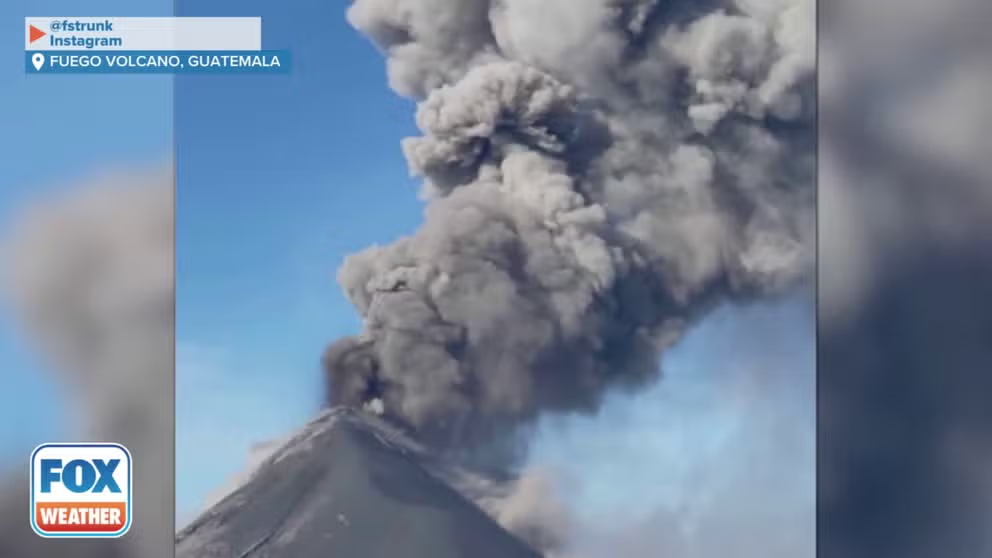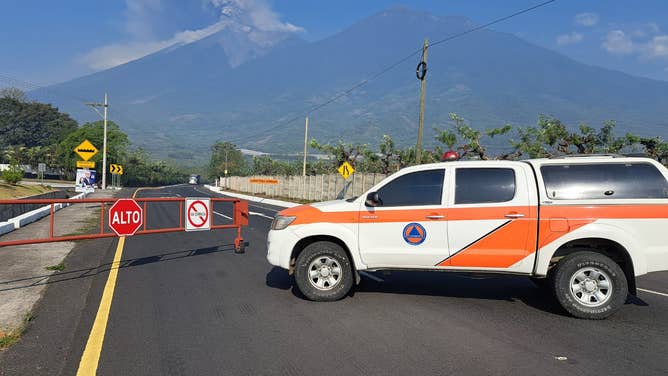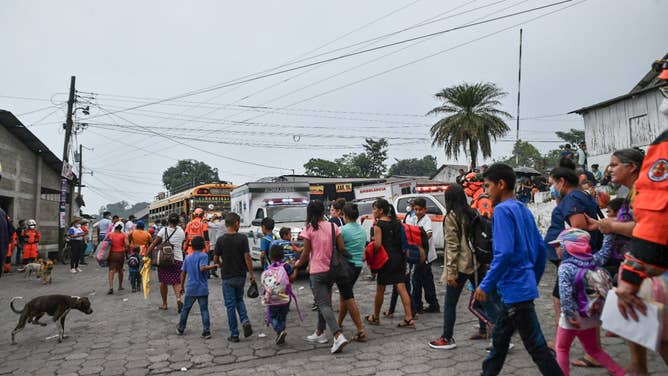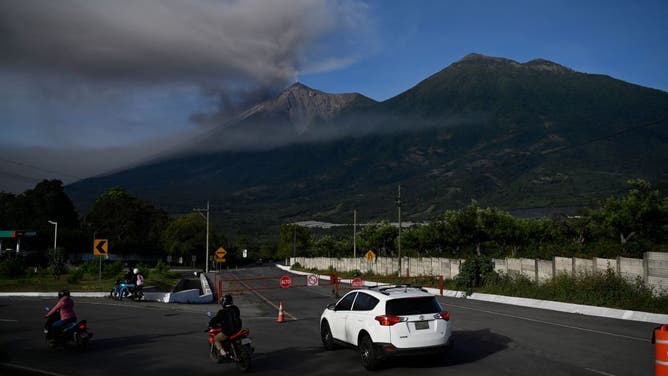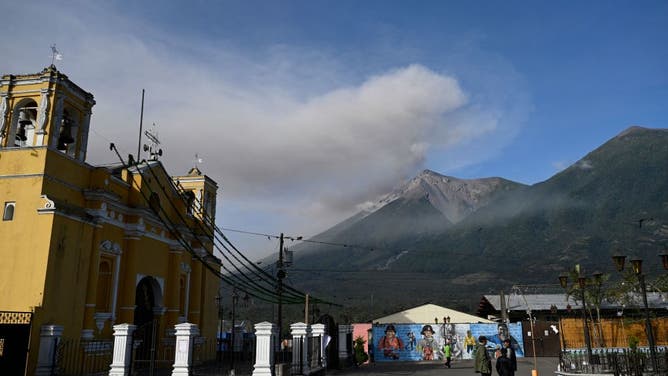'Volcano of Fire' erupts in Central America
The Fuego Volcano is an active stratovolcano and is less than 30 miles from Guatemala’s capital. So far, authorities have conducted preventive evacuation orders for villages surrounding the mountain. The volcano is one of Central America’s most active, with the current cycle believed to have started in 2002.
Watch: Fuego Volcano erupts in southwestern Guatemala
On Thursday May 4, this spectacular view was captured as the Fuego Volcano erupted spewing ash and lava high into the atmosphere.
GUATEMALA CITY, Guatemala – A volcano less than 30 miles outside of Guatemala City erupted again this week, sending ash, gas and rocks down the mountainside, the country’s National Disaster Reduction Commission reported.
According to data from the Global Volcanism Program, the latest eruption cycle of Volcan de Fuego, or the Volcano of Fire, began in 2002, but the recent event threatened to be the most significant in several years.
The stratovolcano is less than 30 miles from the country’s capital city and sent thick, billowing ash clouds thousands of miles in the sky.
On the volcanic mountain, authorities said they closely monitored pyroclastic flows, which contain gases, ashes and other volcanic material.
DEADLIEST VOLCANO IN WESTERN HEMISPHERE SHOWS SIGNS OF INCREASED ACTIVITY
Due to the threat of impact from these downslope flows, several small villages were evacuated for what the government said were "preventative" actions. A day later residents were allowed back into their homes as volcanic activity subsided.
According to Guatemala’s National Institute for Seismology, Vulcanology, Meteorology and Hydrology, many of the communities nearest to the summit are poor without substantial transportation. These hardships likely contributed to dozens of deaths during a violent 2018 eruption event.
During the historic episode, NASA reported ash was detected more than four miles in the air and avalanche-like pyroclastic flows buried villages.
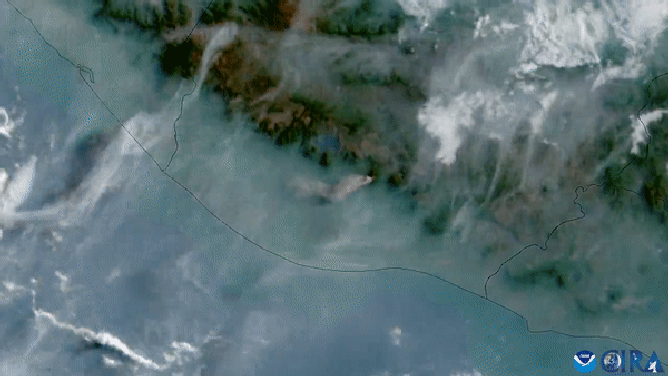
NOAA's GOES-16 monitors the ash cloud from the Fuego Volcano
(NOAA)
Authorities have not reported that the impacts from the recent event are similar to historical episodes but warn additional weak, moderate and even strong pyroclastic flows cannot be ruled out.
Ash was reported more than 20 miles away, primarily west and southwest of the volcano, due to prevailing winds.
MT. ST. HELENS’ ERUPTION: SURVIVORS RECOUNT THE ‘DARKER THAN MIDNIGHT’ FURRY IN 1980
Guatemala is home to more than 30 volcanoes, with three considered active - Pacaya, Fuego and Santa Maria.
The Global Volcanism Program reported activity on Pacaya and Santiaguito has been limited in recent years and not nearly in as heightened of a state as Fuego.
